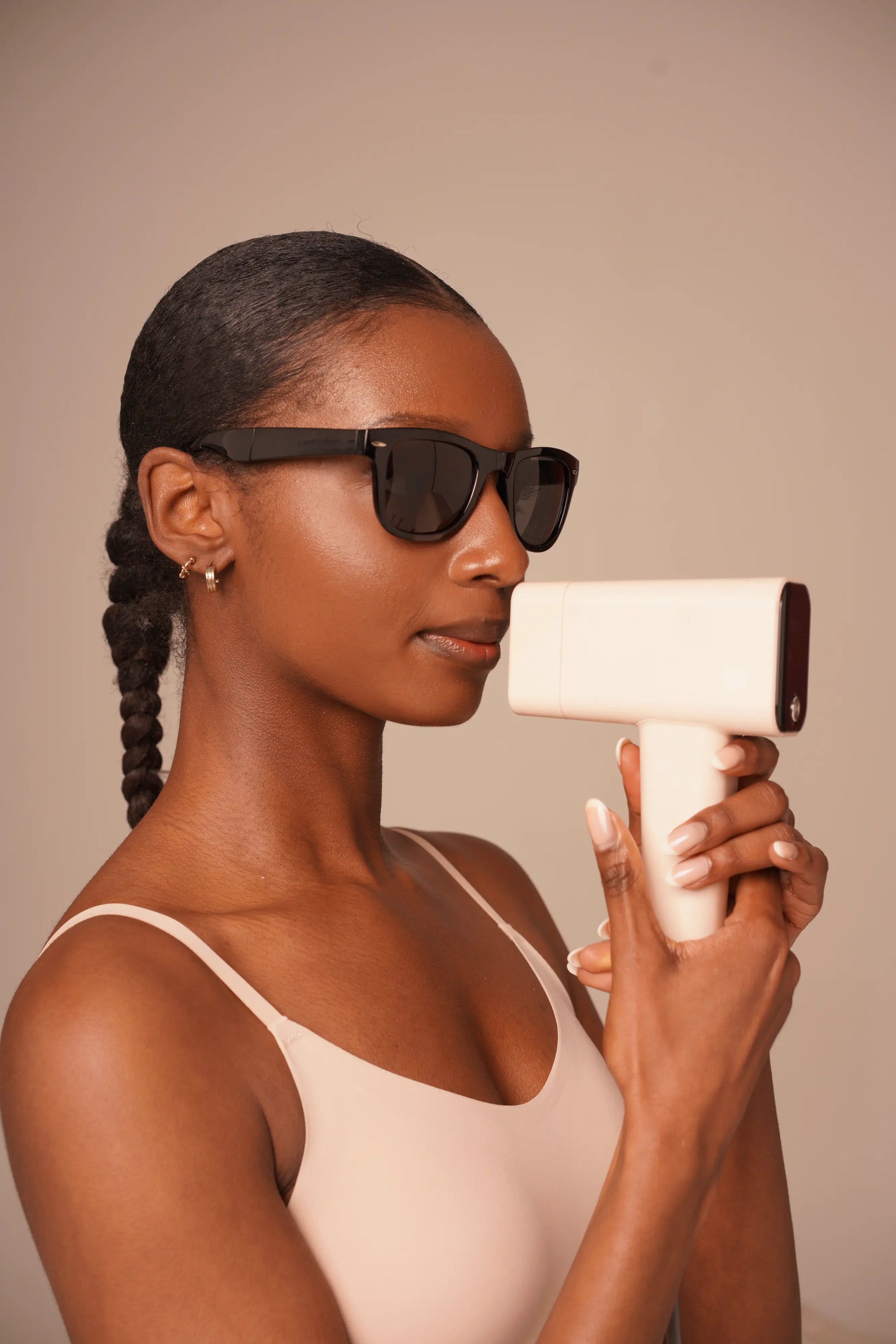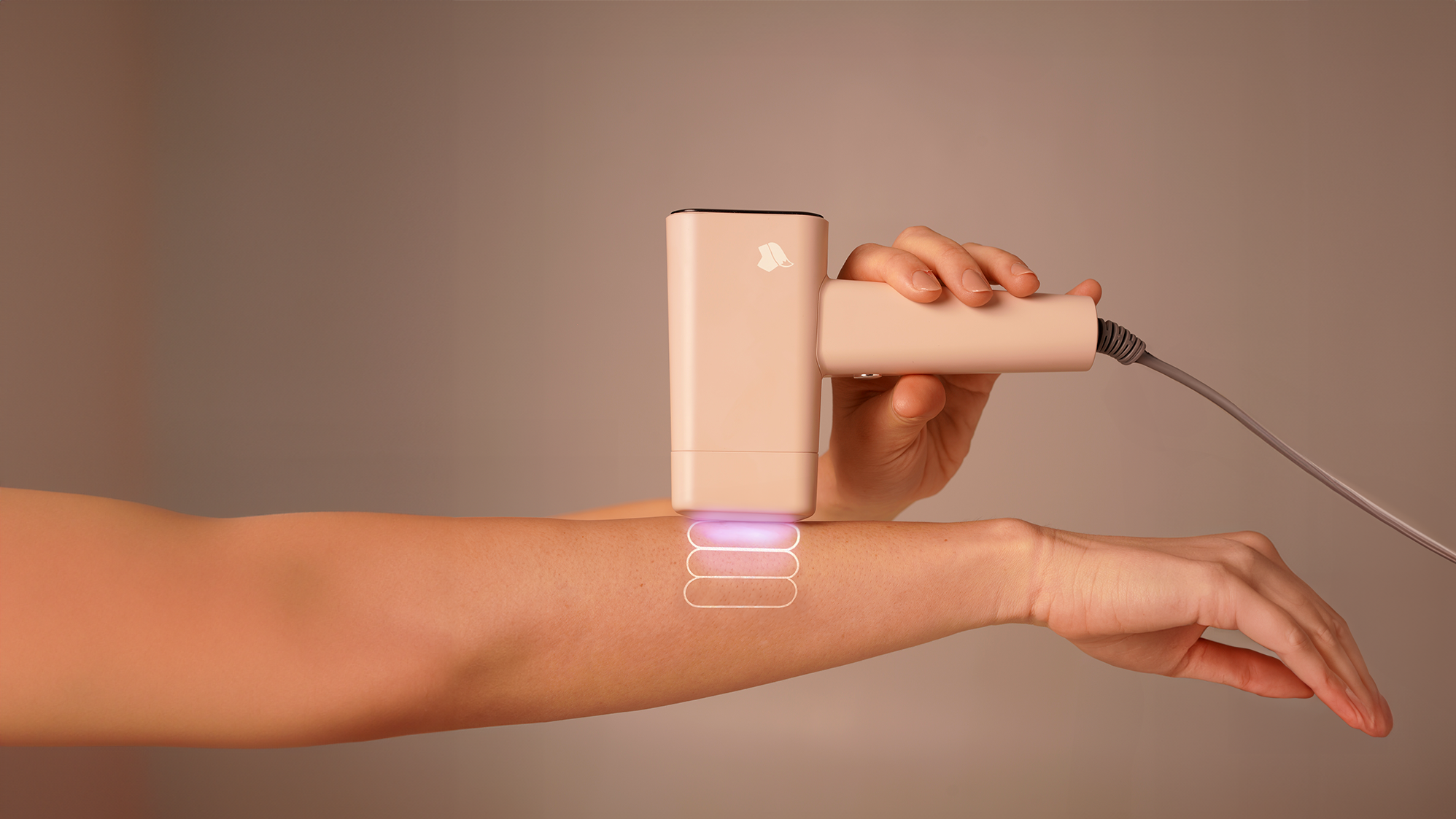Intense Pulsed Light (IPL) technology has become a popular method for long-term hair reduction. However, its effectiveness and safety can vary significantly depending on an individual's skin type. This article provides an in-depth analysis of how IPL interacts with different skin types, guided by the Fitzpatrick Skin Type Classification, and offers insights into tailoring treatments for optimal results.
Understanding IPL and the Fitzpatrick Skin Type Classification
IPL devices emit broad-spectrum light that targets melanin in hair follicles, converting light energy into heat to damage the follicle and inhibit hair growth. The Fitzpatrick Skin Type Classification categorizes skin types based on their response to ultraviolet (UV) light, ranging from Type I (very fair skin that always burns) to Type VI (very dark skin that never burns). This classification is crucial in determining the appropriate IPL settings and predicting treatment outcomes.
IPL Treatment Considerations by Skin Type
Fitzpatrick Skin Types I–III (Fair to Light Skin)
Individuals with lighter skin tones and dark hair are ideal candidates for IPL treatment. The high contrast between hair and skin allows the light energy to selectively target the hair follicle without affecting the surrounding skin.
Considerations:
-
High efficacy in hair reduction
-
Low risk of hyperpigmentation or burns
-
Standard IPL energy settings are generally appropriate
Fitzpatrick Skin Types IV–VI (Medium to Dark Skin)
Darker skin types contain more melanin in the epidermis, which may also absorb IPL light and convert it into heat. This increases the risk of thermal injury to the skin, such as burns, hyperpigmentation, or hypopigmentation. Therefore, careful device selection and parameter adjustment are essential.
Considerations:
-
Use IPL devices equipped with skin tone sensors, such as the IPL Elysea, which automatically adapt the light intensity to the detected skin tone, increasing safety and treatment efficiency.
-
Devices like Elysea also incorporate dynamic cooling and optimized pulse technology, making treatments more comfortable and less painful, even for sensitive or darker skin types.
-
Begin with lower energy levels and longer pulse durations.
-
Consultation with a dermatologist is highly recommended prior to treatment.
Safety Measures and Best Practices
-
Patch Test: Always perform a patch test to assess skin reaction before full treatment.
-
Avoid Sun Exposure: Limit sun exposure before and after IPL sessions to reduce the risk of adverse effects.
-
Device Selection: Choose IPL devices that are FDA-approved and suitable for your specific skin type.
-
Professional Consultation: Seek advice from a qualified dermatologist to determine the best treatment plan.
IPL hair removal can be an effective solution for long-term hair reduction when tailored to an individual's skin type. Understanding the Fitzpatrick Skin Type Classification and adhering to safety guidelines are essential for achieving optimal results and minimizing risks. Consulting with a dermatologist ensures a personalized approach, enhancing both the efficacy and safety of IPL treatments.
References
-
Allura Derm. "Is IPL Safe for All Skin Types? What You Need to Know."
-
Ray Cochrane Beauty School. "The Fitzpatrick Scale for Different Skin Types."
-
Beam Laser Spa. "An Inside Look at Laser Hair Removal for Different Skin Types.
-
Revitalize MedSpa. "Can Laser Hair Removal Work on All Skin Types? Exploring Effectiveness and Safety."



